What is Symmetrical Faults and Unsymmetrical Faults
During Normal condition, In AC (Alternating Current) power system operates under balanced load conditions. The unbalance condition generally comes from fault on the power system. The fault may come in various ways such as insulation of the electrical equipment failure, other environment factor such as lightning strike on the transmission tower or line, various wind flow, raining etc., Falling trees, bird shorting the transmission lines etc. Such a faults are generally classified as
- Symmetrical fault
- Unsymmetrical fault
Symmetrical Fault:
Symmetrical faults are interesting one, which means all three phase line shorted with ground and the magnitude of the load current is same in all three phases with 120 deg phase displacement each other. It is the most severe type of fault involving largest current, but it occurs rarely. For this reason, balanced short- circuit calculation is performed to determine these large currents.
[wp_ad_camp_1]
Never forget to See:
Symmetrical Fault types:
Three-phase short circuit fault (LLL)– Three line of the conductor short with each other.
Three-phase-to-ground fault (LLLG)– Triple Line-to-ground fault (LLLG)- A triple line-to-ground fault occurs when three conductors fall on the ground or come in contact with the neutral conductor. It is a symmetrical fault.
Unsymmetrical faults
Unsymmetrical faults are normal fault which means the three phase lines become unbalanced (unequal currents with unequal phase shifts in a three phase system.) and they do not have the equal phase displacement each other’s. The unbalance load occurs due to the presence of the short circuit or open circuit of the transmission or distribution lines. Coming to the types of faults, it occurs between line-to-ground or between lines. An unsymmetrical series fault is between phases or between phase-to-ground, whereas unsymmetrical shunt fault is an unbalanced in the line impedances.
Also it can occur either by natural disturbances or by manual errors. The natural disturbances are heavy wind speed, ice loading on the lines, lightening strokes and other natural disasters.
Are you beginner Then read it: Protective relaying Terminologies’
Unsymmetrical faults types:
Single line-to-ground fault (LG)– In single line-to-ground fault, one conductor comes in contact with the ground or the neutral conductor. Single line to ground fault is the most frequently occurring fault (60 to 75% of occurrence)
Line-to-line fault (LL)– A line-to-line fault occurs when two conductors are short circuited. This type of fault occurrence ranges from 5 to 15%.
Double Line-to-ground fault (LLG)– A double line-to-ground fault occurs when two conductors fall on the ground or come in contact with the neutral conductor. This type of fault occurrence ranges from 15 to 25% of occurrence
Effect of faults on transmission line
Faults can damage or disrupt power systems in several ways. Faults increase the voltages and currents at certain points on the system. A large voltage and current may damage the insulation and reduces the life of the equipment. Faults can cause the system to become unstable, and the three-phase system equipment operates improperly. Hence, it is necessary that, on the occurrence of the fault, the fault section should be disconnected. So, the normal operation of the rest of the system is not affected. In my experience I have replaced on number 110kV, that insulator got failured due to lightning on the transmission line.[wp_ad_camp_1]
Also See:
- What is Protective Zone
- Electrical parameter calculation

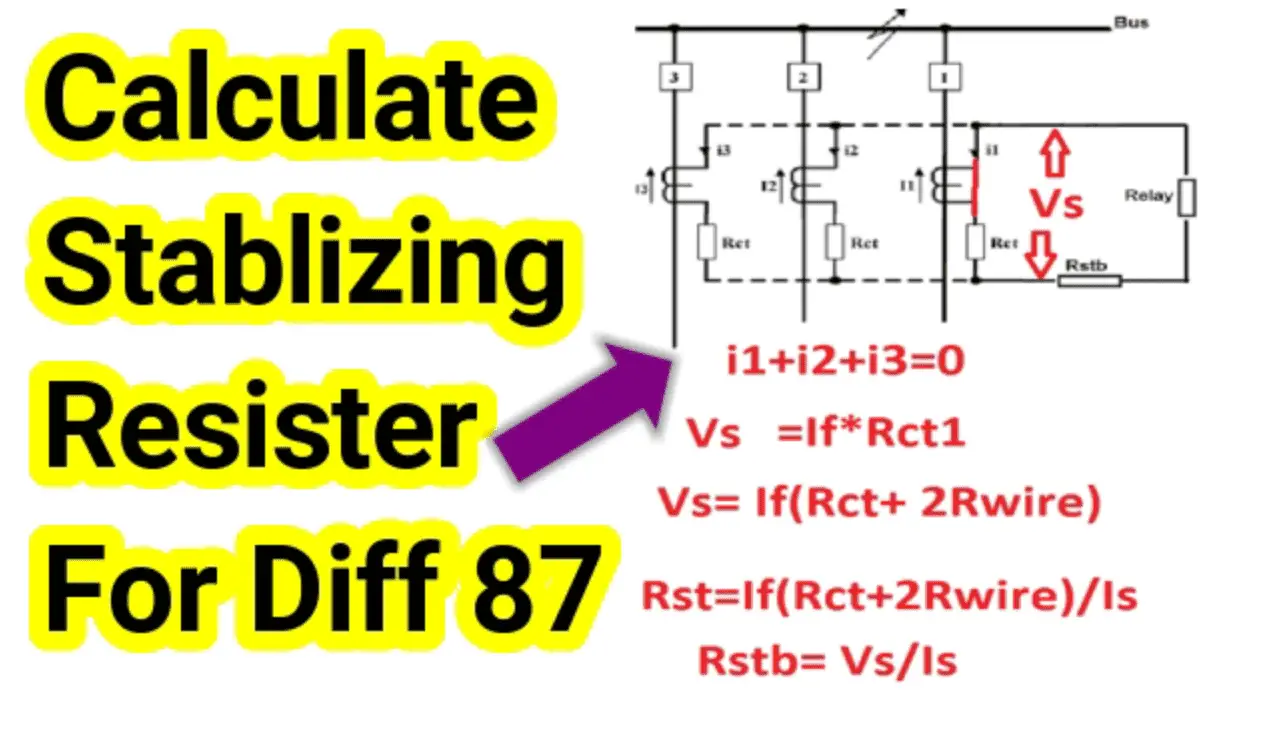
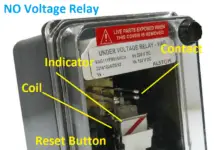
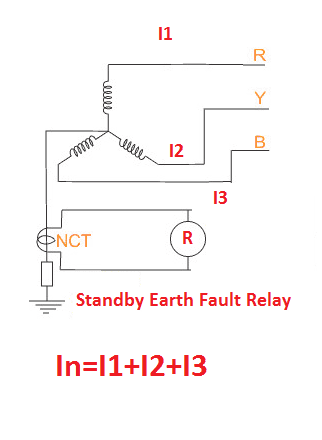
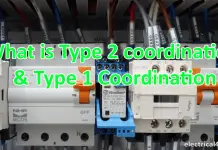
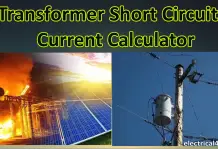
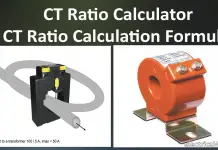

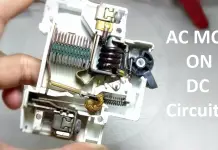
![What is Arc Chute? Types, Working Principle [Video Included] arc chute working priciple](https://www.electrical4u.net/wp-content/uploads/2020/06/arc-chute-218x150.png)
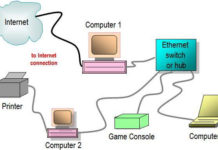
Am a beginner in transmission line. These very interesting. I look forward for more.
Thank you
This was very helpful (Thank You So Much)
الي من مؤيد يسوي ريبلي
Protection: system faults,identification of conditions requiring protection;special problems associated with protection of various system components; protection devices their selection and application.
(Term paper)